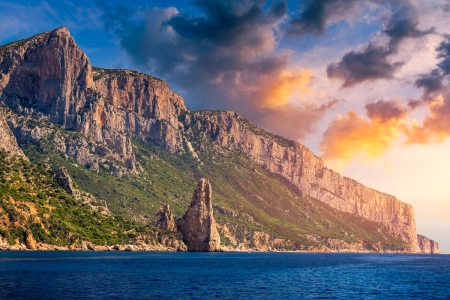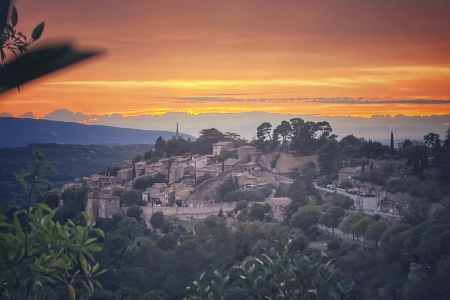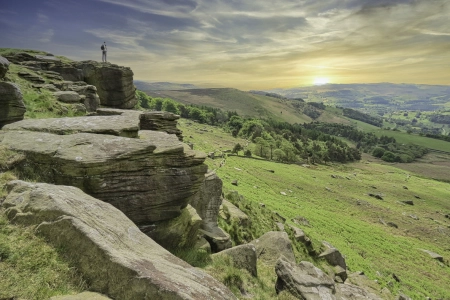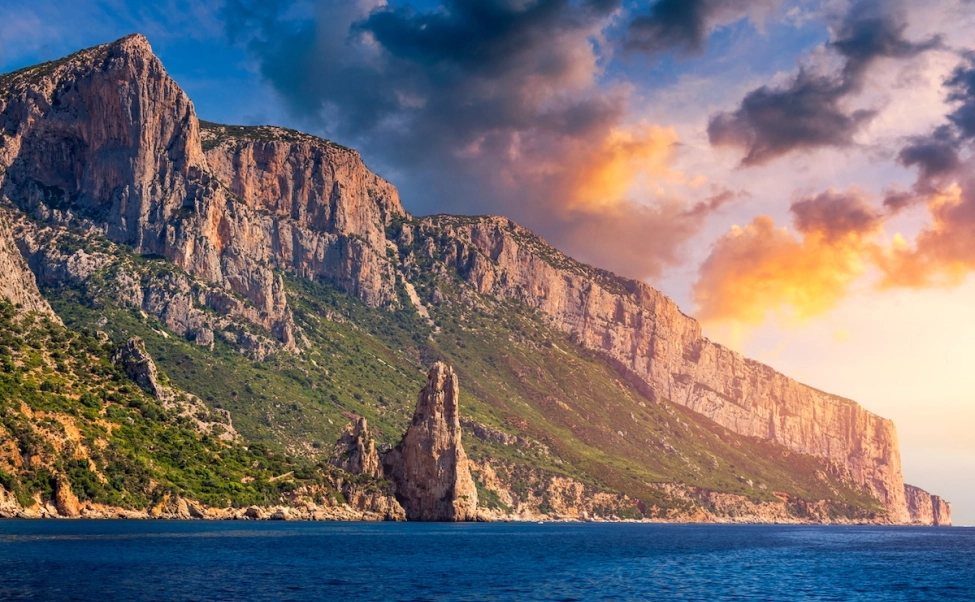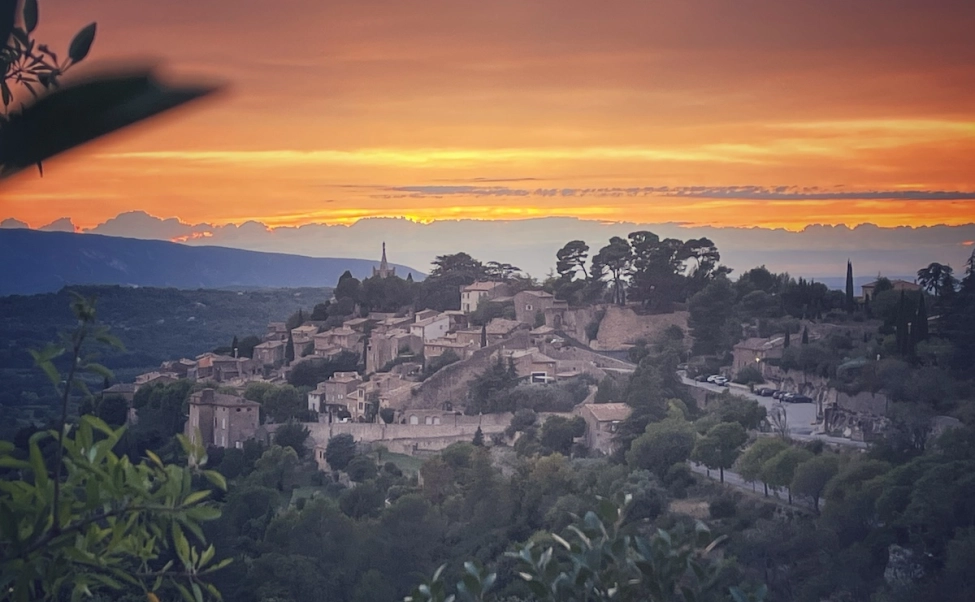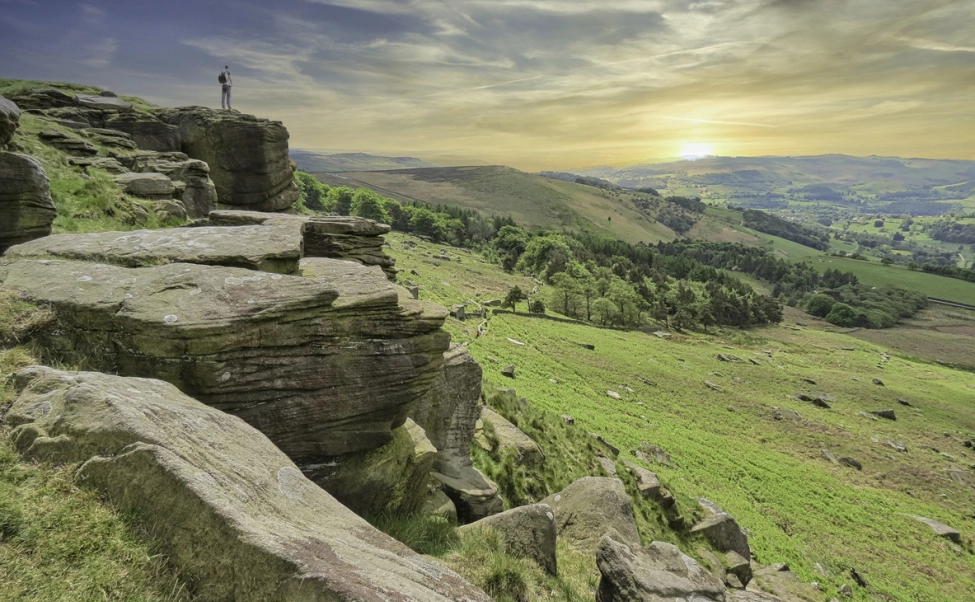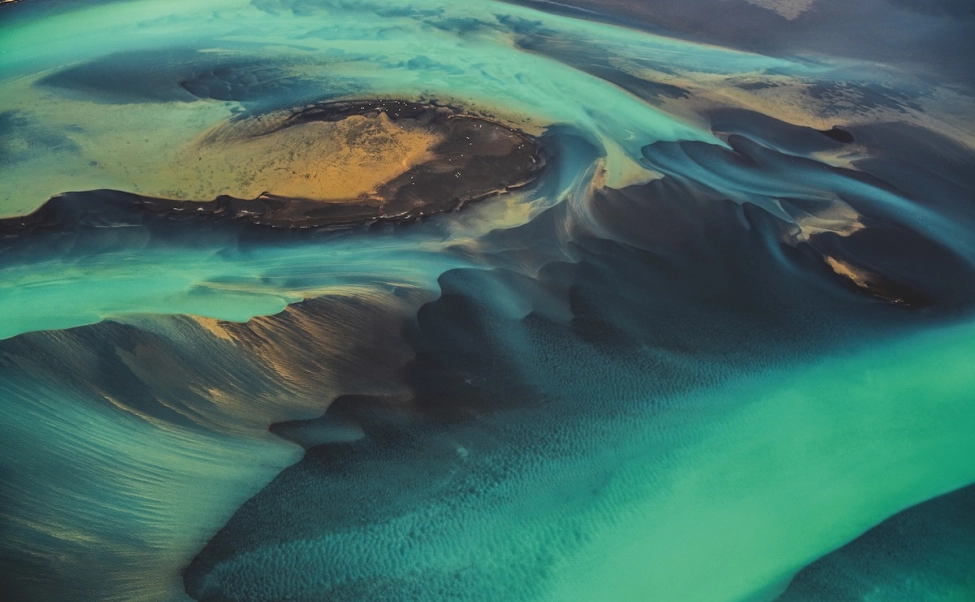- Details
- Written by: Dan Wildey
Less than an hour’s drive north of Turin airport the Aosta Valley seems to swallow the road. The steep sides of the mountains encroach so quickly it’s almost a shock, despite the Alps being within touching distance of Turin itself. A short way into the valley, at its narrowest point, Fort Bard dominates the skyline, towering over the valley like an ancient sentinel.
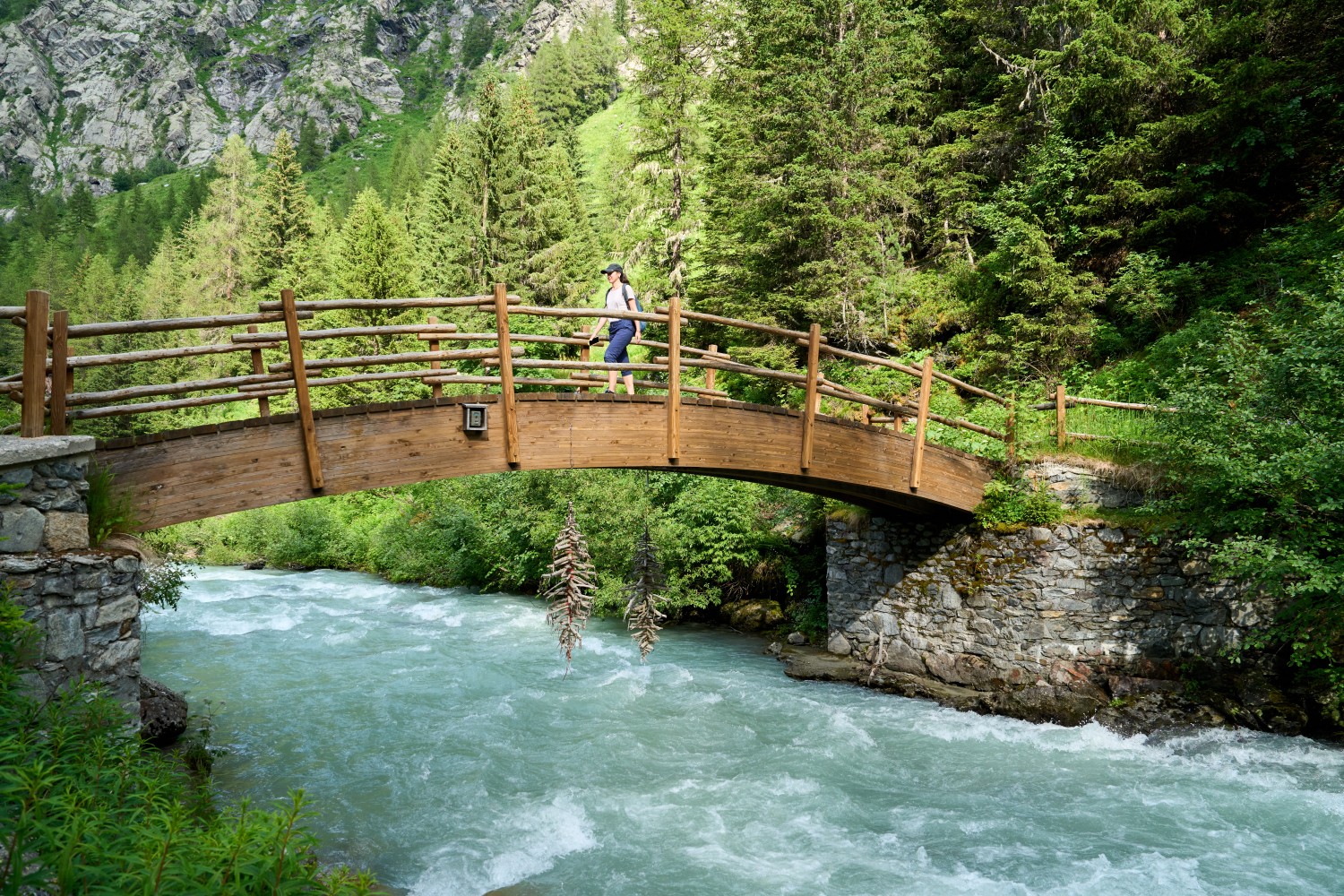
Given its position at the entrance to a mountain paradise, one would assume it was built to guard the door. “It was built for protection against enemies, but the enemies never came. So, it was turned into a prison, among other things” says Claudia, my guide. Its main historical use is intrinsically linked to Aosta’s historical significance: as far back as the Roman Empire the valley has been a major gateway to routes over the Alps into France and Switzerland. Fort Bard acted as the toll booth.
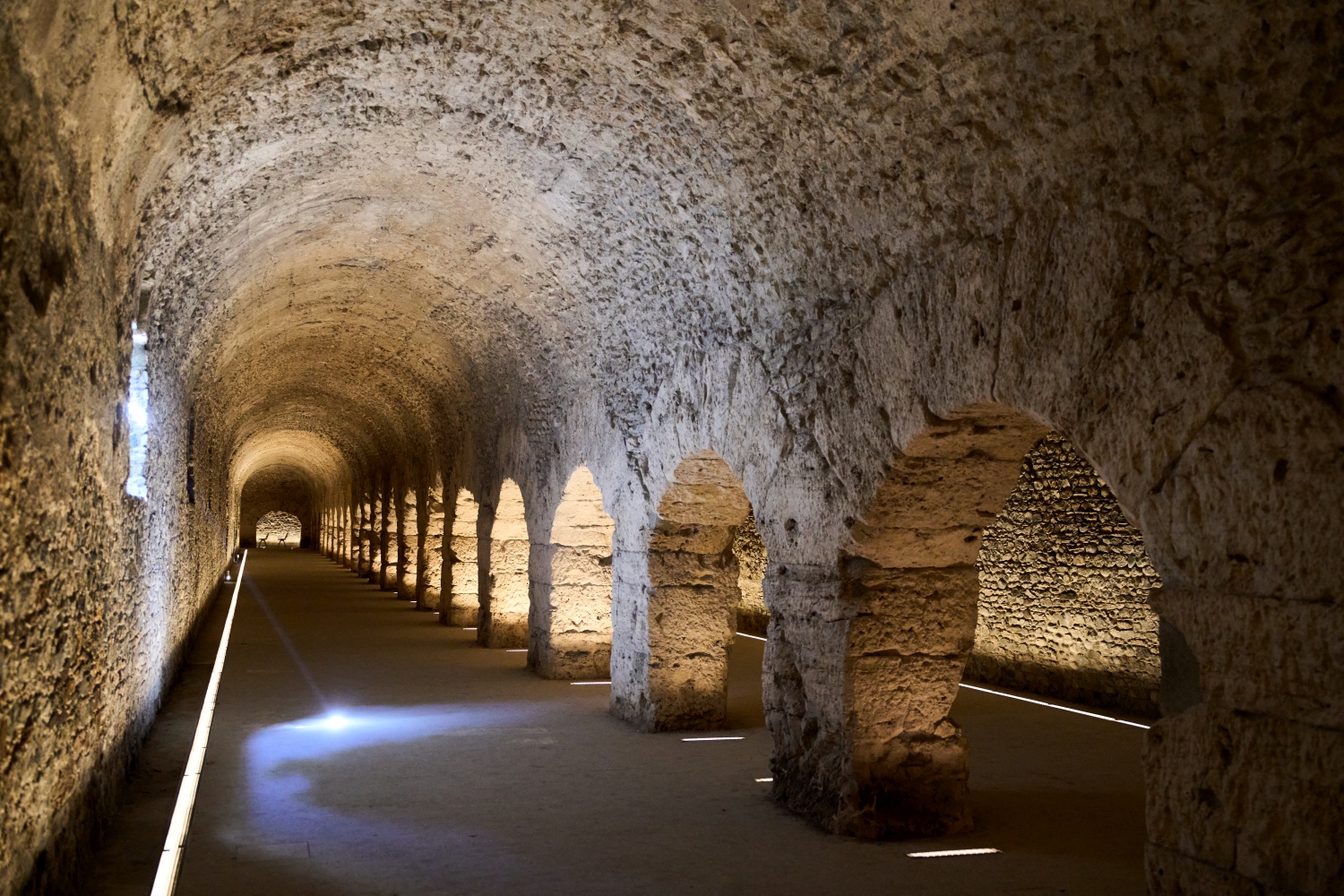
Today it offers a genuinely impressive array of cultural installations, from an extensive alpine museum to concerts in the courtyard and art and photography exhibitions—including one by the celebrated British photographer Martin Parr, set to open later in 2024. It also offers a stunning viewpoint further into the valley, clearly showing its flat-bottomed ‘U-shaped’ profile, a result of its glacial formation.#
The city of Aosta itself was founded by the Romans (the name derives from Augusta) at the meeting of three major roads: east to Rome, north to the Grand St Bernard pass, and west to the Petit St Bernard pass. Aosta is often referred to as ‘little Rome’ due to the extensive archaeological remnants in evidence here, from the columns and cryptoporticus of the Forum to the remains of the city walls. The highlight is arguably the Porta Praetoria, the largely intact gate that greeted travellers arriving from the east and from Rome.
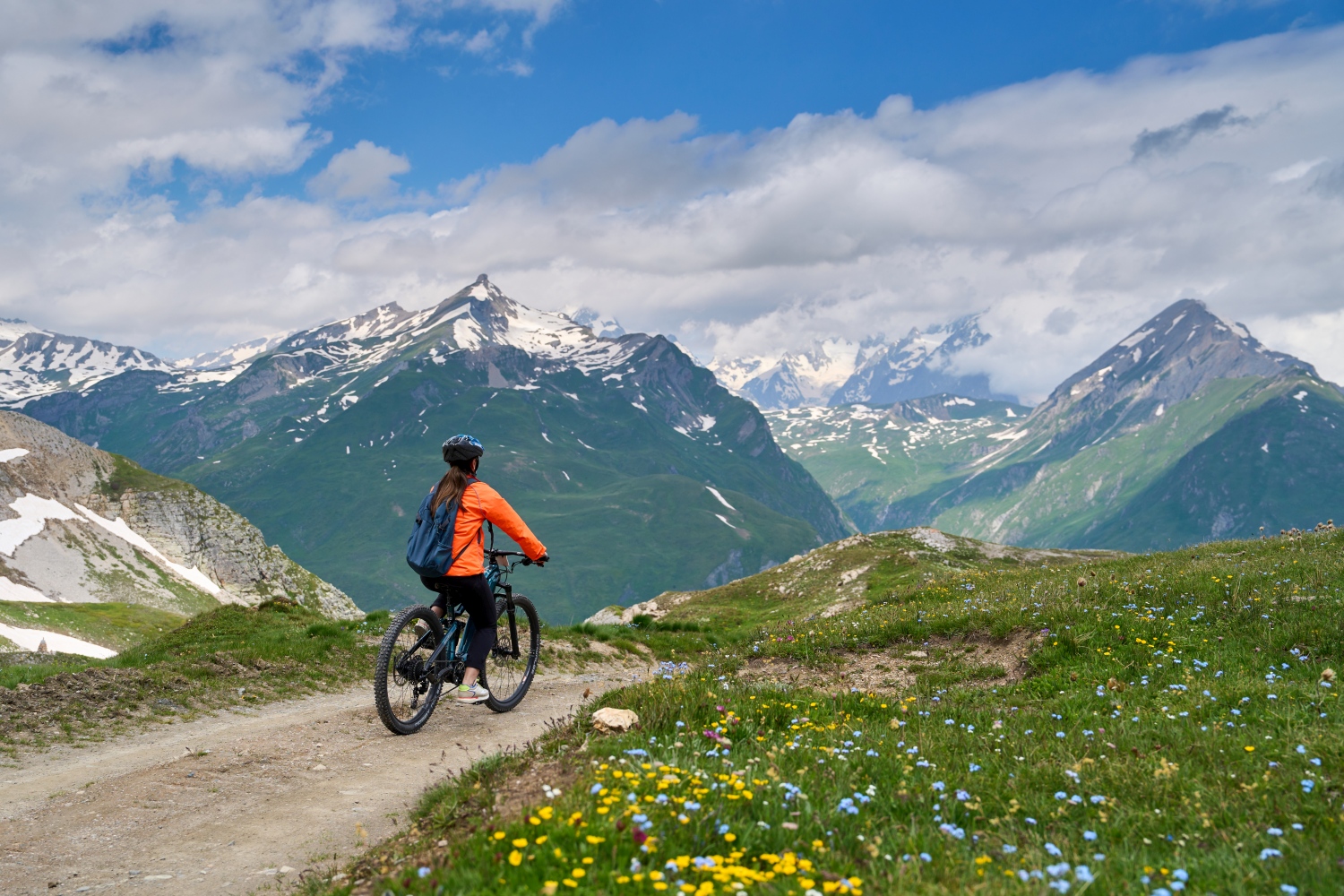
A perfect place for mountain lovers
Modern Aosta could be the mountain-lovers' idea of a perfect city; you can ski directly from the town centre by taking the cable car up to Pila. And of course, you’re surrounded by mountain resorts and notable climbs. With only 35,000 residents and with fancy resort destinations all around it might easily be quite dull, but there’s an energy and a disproportionate level of great bars, events and restaurants. On a Wednesday night, the Ad Forum bar was absolutely packed with hip young folk – possibly students from the city’s university.
It seems the Aosta Valley is very low key about its cultural and historical significance (“Oh yes, St Anselm was born here....” Claudia drops into conversation, casually claiming a former Archbishop of Canterbury and one of history’s most significant religious philosophers). But they’re the same about their mountain culture. Ask anyone which country the Matterhorn is in and 90% will say Switzerland. Which country is Mont Blanc in? France. Well guess what? Not only are they both also in Italy, they’re both in the Aosta Valley! Two of the world’s most iconic mountains sit right on the border.
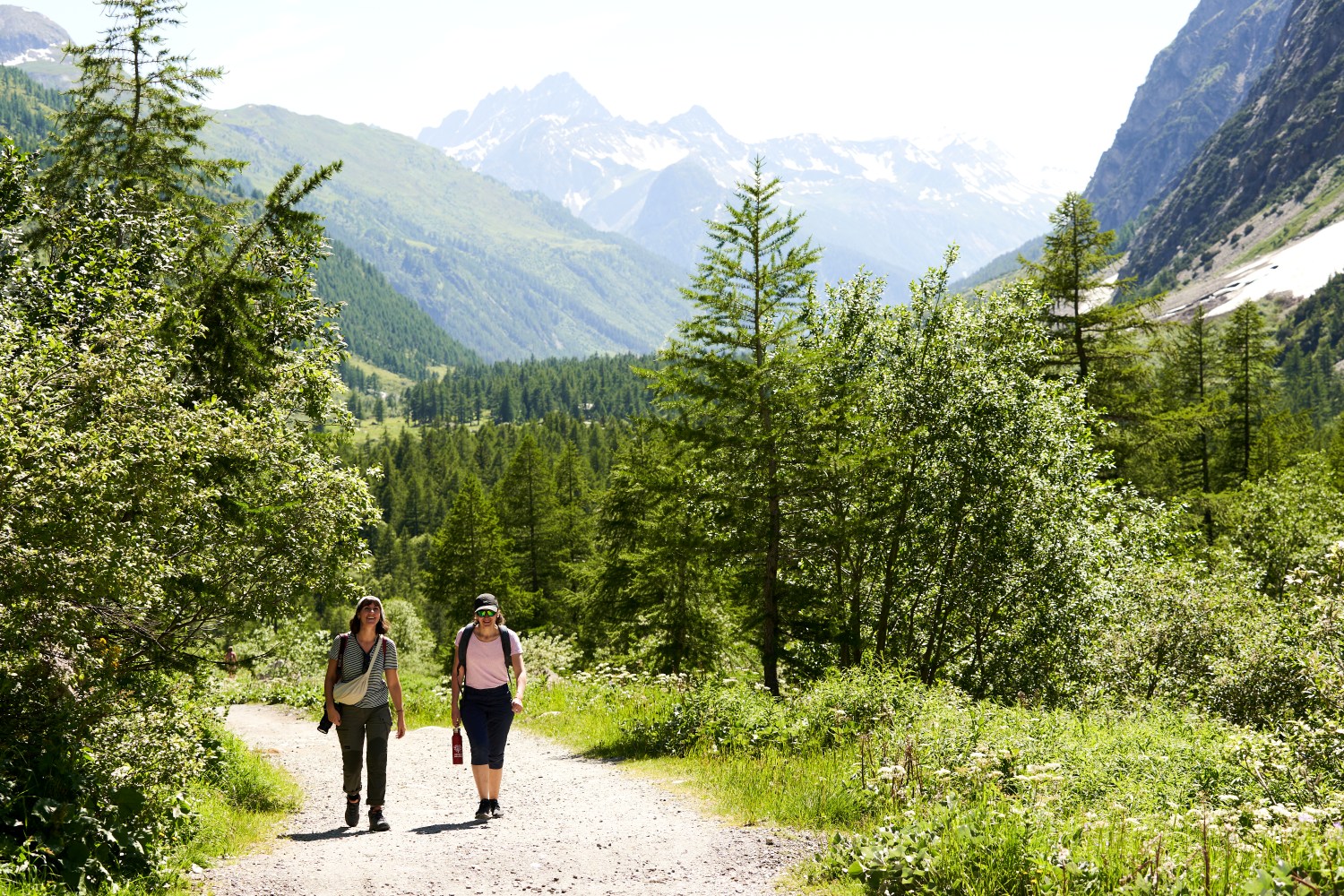
Also close to the border is the unspoilt village of La Thuile; a ski resort in winter, and connected to La Rosiere in France, but a far cry from the luxury of neighbouring areas. Known as the “wild side of Mont Blanc” La Thuile is largely inhabited by adventure lovers and outside of winter that means an influx of mountain bikers. My guide Dan told me “I have an Australian friend I met in 2014 and he has returned every single year since to ride in La Thuile.” Dan describes the unique offering as alpine terrain in a ‘bike park,’ in the sense it is lift accessed but with entirely natural features. Of all the MTB trails, the one with the shortest vertical drop is a massive 600 metres.
Even the softer side of La Thuile is dramatic, with a two-hour hike through an ancient forest of white and red cedar to Rutor waterfalls a particular highlight. The falls originate from the Rutor glacier high above La Thuile and cascade in three sections – the lowest and most accessible of which is 110 metres high.
Staying at the Chalet Eden feels particularly apt as even within a huge mountainous region, La Thuile seems like an untouched paradise. The hotel is an eden within an eden with lush lawned gardens next to the river and an outdoor bar that catches the late afternoon sun. And it’s only a few hundred metres from the chairlifts.
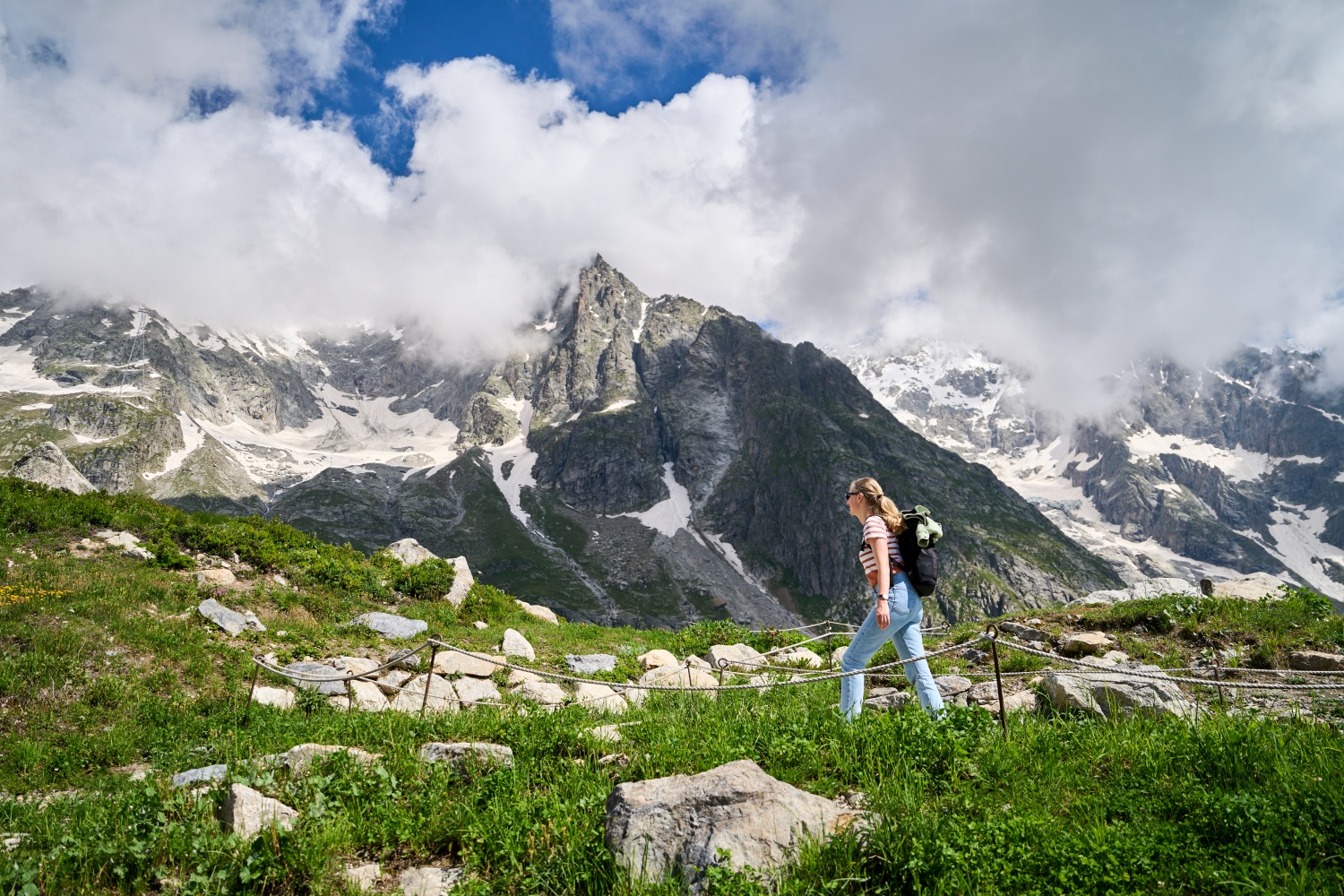
Walking among Alpine giants
At the head of the valley and in the shadow of Monte Bianco is Courmayeur. With its long-standing pull for mountaineers sprinkled with touches of opulence, it draws an intriguing crowd. But an easy hike into the Val Ferret leaves the weight of history and luxury behind and gives a very accessible reminder of the vastness of this landscape. The Grand Jorasses towers above and it feels like the perfect alpine zone; you’re in the upper reaches of the tree line with glaciers and peaks high above, but among wildflower meadows, tumbling rivers and life in abundance.
And finally, the crowning glory of Aosta Valley, the Mont Blanc massif. It may be Monte Bianco in Italian but Aosta embraces its past as part of the Savoie, and French is noticeably prevalent here. But Italy has as much history with this mountain as Chamonix on the other side. The mountain guides office in Courmayeur is the oldest in the world, but in recent years accessibility to the higher reaches has increased exponentially with the construction of the Skyway Monte Bianco: a revolving glass cable car that takes visitors from 1300 metres to 3466 metres in a matter of minutes.
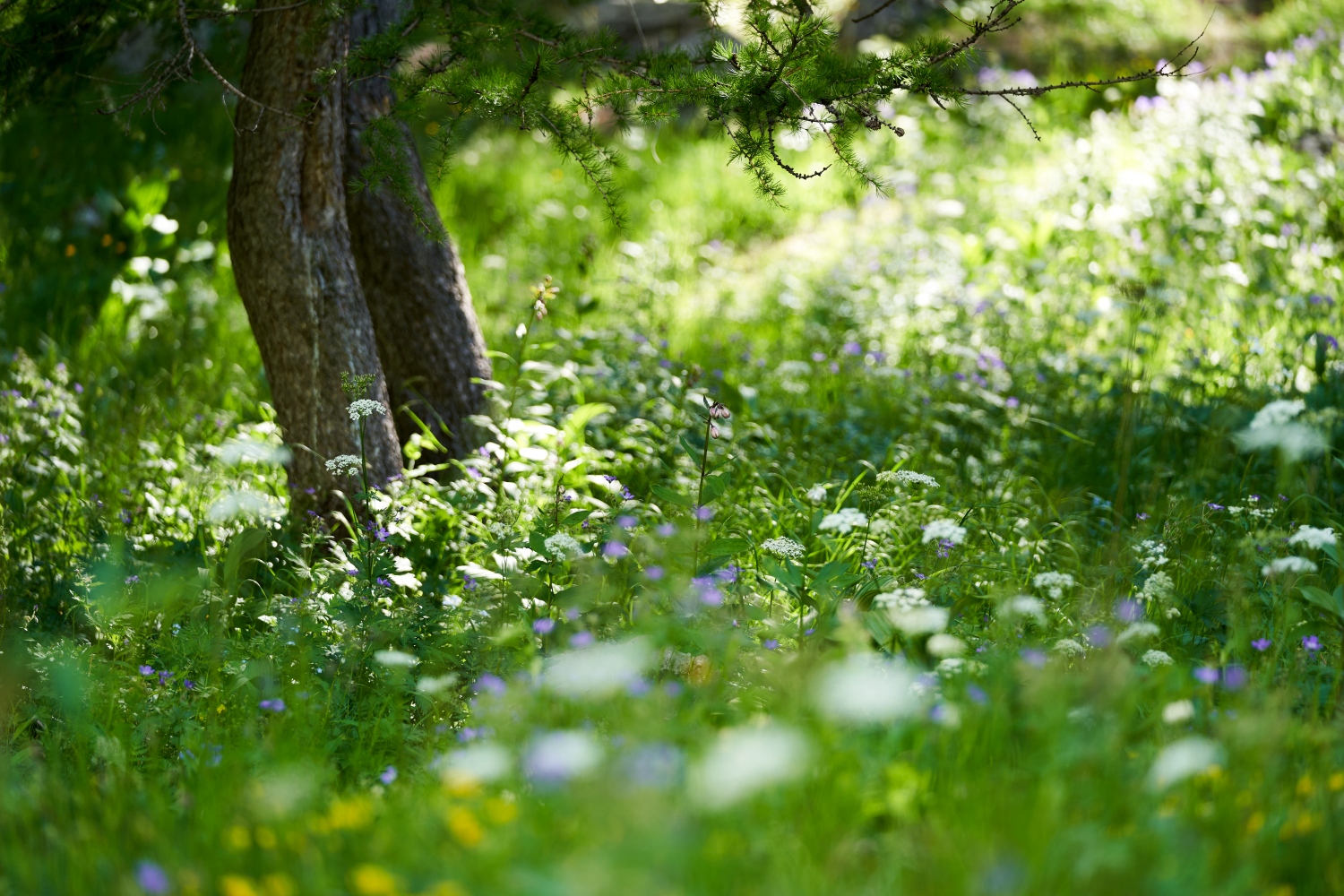
At the Punta Helbronner the proximity to the glacier and the Dent du Geants, and even the Mont Blanc summit if the clouds clear, is literally breathtaking and while mountain purists may bristle, it’s entirely right that this accessibility should be afforded to as many people as possible. And it’s so much more than just a cable car; at the mid station there is an alpine garden which claims to have specimens of all the alpine species. There are restaurants, a museum, and a wine cellar where the sparkle is added to a local bubbly by immersing the bottles in the snow!
My highlight: the Infinity Room, where ceiling, walls and floor all become video screens showing an immersive nature film. Again, the purists may say ‘why watch a film when you could just go outside?’ But imagine you’re a tourist on a once in a lifetime trip – if the weather outside is cloudy then at least you can see something of the view, and in all four seasons too. And apart from anything, it was a wholly psychedelic experience!
So much travel writing talks about undiscovered gems, but you compare the Aosta Valley to its more famous neighbours - the Chamonix valley, Zermatt and the Matterhorn – you find a wide-ranging and fascinating history, a culture that looks to itself as much as to outside visitors, and as much world-class mountain adventuring as anywhere in Europe. But as I’ve always said: everything is better in Italy.

Know how
Daniel flew from Manchester to Turin with KLM.
Accommodation in Courmayeur was provided by Hotel Maison Saint Jean.
Lunch was at Chalet Val Ferret and dinner at Restaurant Cadran Solaire.
In La Thuile accommodation was at Hotel Chalet Eden, and we ate at Lo Riondet.
The hotel in Aosta was Duca D’Aosta and dinner was at Bataclan.
Daniel’s final lunch was a local cheese and meat tasting at Erbavoglio.
For further information on the region visit aosta-valley.co.uk




